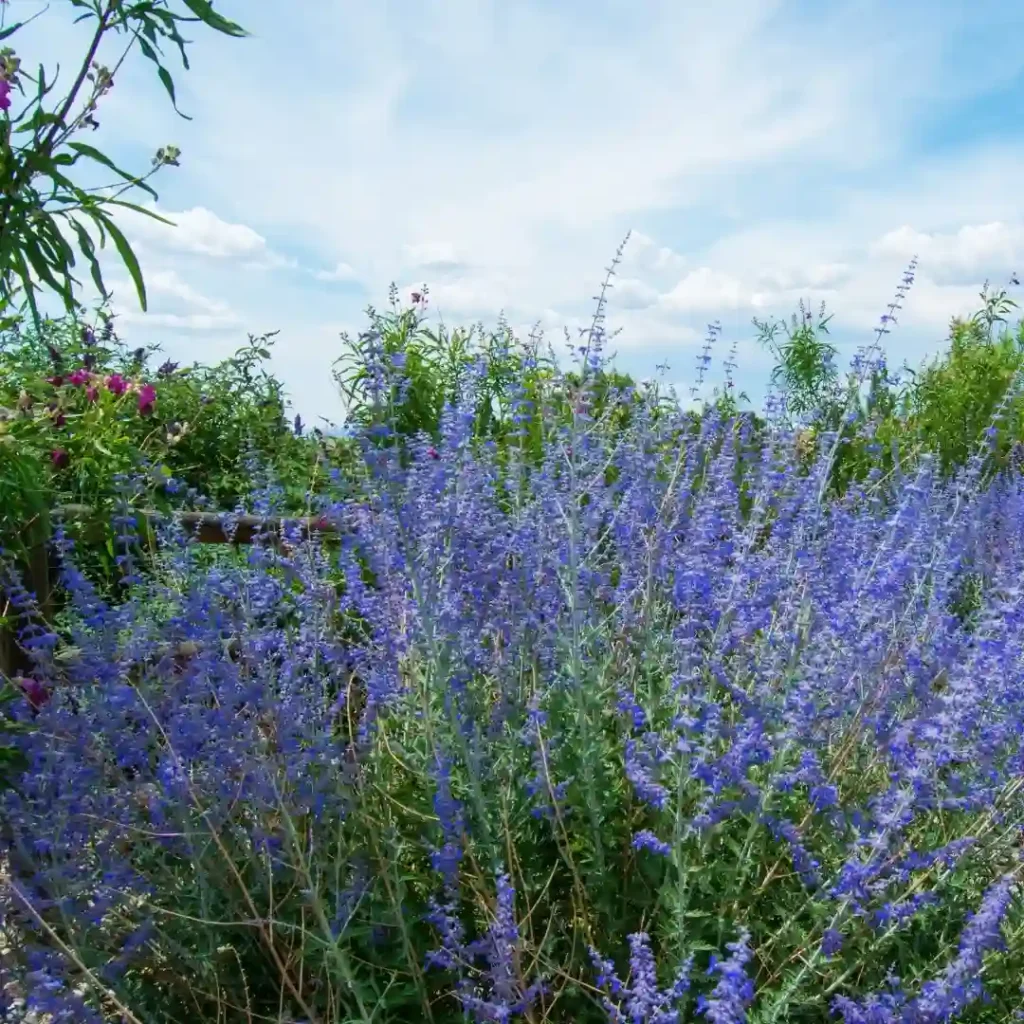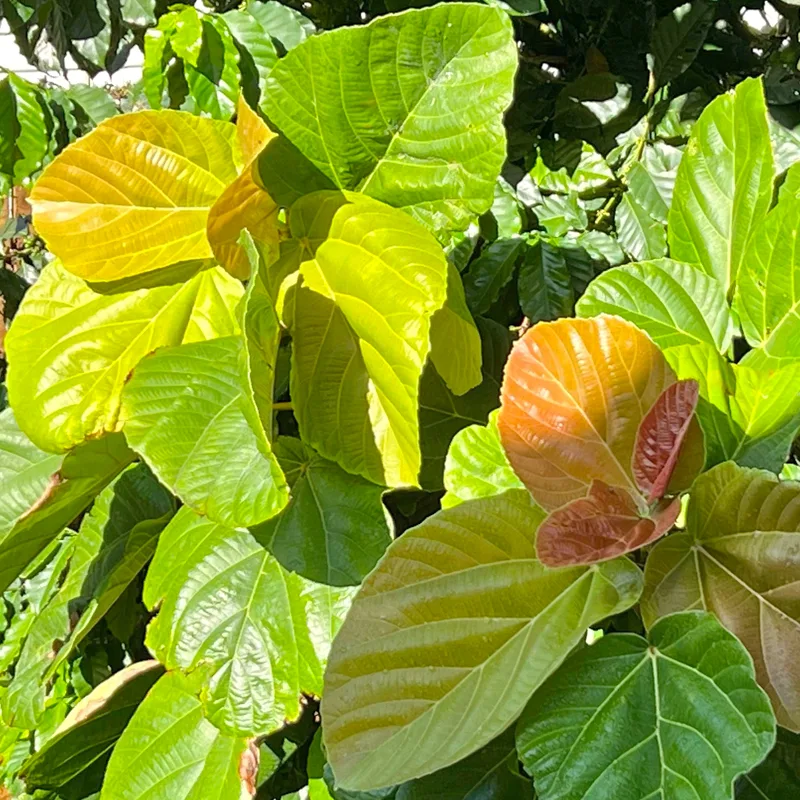
Plant Family: Portulacaceae – 154 Species in Genus Portulaca
What is Portulaca Oleracea?
Portulaca oleracea, commonly known as purslane, is a low-growing, succulent plant with fleshy, green leaves and small yellow flowers. It is often found in gardens, lawns, and even cracks in sidewalks. Native to various regions worldwide, it thrives in sunny, dry conditions and is considered both a weed and a valuable edible plant due to its nutritional benefits.
Is Portulaca Oleracea a Weed?
Yes, Portulaca oleracea is often regarded as a weed because of its ability to grow aggressively in a wide range of environments. It spreads rapidly through seeds and stem fragments, making it a common nuisance in gardens and lawns. However, its edible and medicinal properties make it more than just a weed for those who value its benefits.
Is Portulaca Oleracea Edible?
Yes, Portulaca oleracea is highly edible and packed with nutrients. It is rich in omega-3 fatty acids, vitamins A and C, and antioxidants. The leaves and stems have a slightly tangy, lemony flavor and can be eaten raw in salads, sautéed as a vegetable, or added to soups and stews. Its nutritional value makes it popular in various cuisines worldwide.
What is Portulaca Oleracea Extract?
Portulaca oleracea extract is a concentrated form derived from the plant’s leaves and stems. It is commonly used in skincare products for its antioxidant, anti-inflammatory, and hydrating properties. The extract is also utilized in herbal medicine for its potential to support overall health, including improving skin health and reducing inflammation.
How to Care for Portulaca Oleracea?
Caring for Portulaca oleracea is relatively easy. It thrives in full sunlight and well-draining soil. Water sparingly, as the plant is drought-tolerant and can rot if overwatered. Avoid fertilizing excessively, as it grows well in nutrient-poor soil. Regularly trim back any overgrowth to keep it tidy and prevent unwanted spreading.
How to Get Rid of Portulaca Oleracea?
To remove Portulaca oleracea, manually pull it out, ensuring that the entire root system is removed to prevent regrowth. Mulching garden beds can also suppress its growth by blocking sunlight. For severe infestations, you can use a targeted herbicide, but be cautious to avoid harming nearby plants. Regular monitoring and weeding are essential for long-term control.
How to Propagate Portulaca Oleracea?
Portulaca oleracea propagates easily from both seeds and stem cuttings. For seed propagation, scatter seeds on the soil surface in a sunny spot and water lightly. If using cuttings, simply place a healthy stem in moist soil, and it will root quickly. The plant’s ability to propagate from fragments makes it highly resilient.
What to Plant with Portulaca Oleracea?
Portulaca oleracea pairs well with other drought-tolerant plants like succulents, sedum, and lavender. Its ground-covering habit can complement taller plants, helping to retain soil moisture and reduce weed growth. However, be cautious of its invasive tendencies when planting alongside more delicate species.
Can You Grow Portulaca Oleracea Indoors?
Yes, Portulaca oleracea can be grown indoors as long as it receives sufficient sunlight. Place it near a sunny window or use grow lights to mimic its natural environment. Ensure the pot has good drainage and avoid overwatering to prevent root rot.
Is Portulaca Oleracea Toxic?
Portulaca oleracea is generally safe for humans and pets when consumed in moderation. However, it contains oxalates, which can be harmful in large quantities, especially for individuals with kidney issues. Always consult a veterinarian or doctor if ingestion concerns arise.
What are the Benefits of Portulaca Oleracea?
Portulaca oleracea offers numerous benefits, including its rich nutritional profile with omega-3 fatty acids, vitamins, and antioxidants. It supports heart health, reduces inflammation, and promotes healthy skin. Its drought-tolerant nature makes it an eco-friendly plant, suitable for xeriscaping and erosion control.
What are Common Problems with Portulaca Oleracea?
Common issues include overgrowth and invasiveness, as it spreads rapidly in favorable conditions. Overwatering can cause root rot, and inadequate sunlight may lead to leggy, weak growth. Pests are rarely a problem, but occasional aphids or mealybugs may appear.
How Does Portulaca Oleracea Compare with Other Similar Plants?
Portulaca oleracea is often confused with Portulaca grandiflora (moss rose), a decorative cousin with vibrant, larger flowers. Unlike moss rose, purslane is primarily valued for its edibility and medicinal properties. Another similar plant is spurge, which is toxic and can be mistaken for purslane due to its similar growth habit. Always verify identification before consumption.



